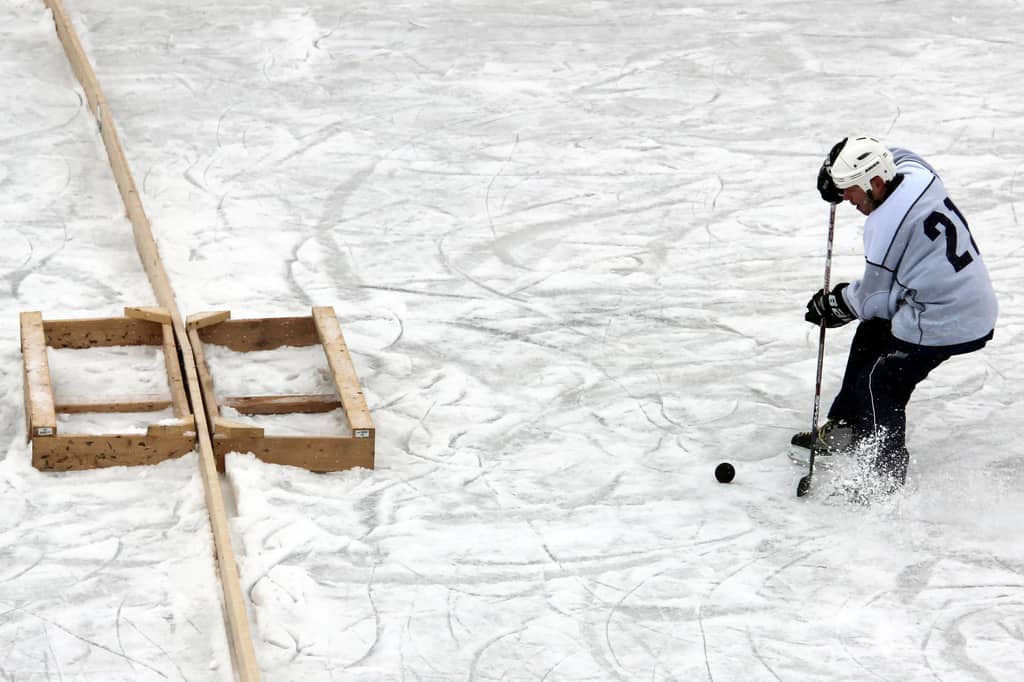Concussions are a common injury in all contact sports and hockey is no exception. It’s all too easy to hit your head or have your head hit by someone or something. For that reason, doing anything that you can to prevent concussions, including safe game play and wearing the safest hockey helmet possible, is essential.
If you are wondering what hockey helmets do in terms of concussion prevention, read on.
What is a Concussion?
Let’s first take a look at what a concussion is. A concussion, put simply, is a traumatic brain injury that is caused from either a hit to the head or by hitting your head hard. When the head is hit, the brain can move rapidly back and forth, causing an array of problems, including nausea, vertigo, loss of consciousness, confusion, and many more.
The severity of a concussion depends on the injury and the person. Some concussions have repercussions that last for the rest of your life whereas others are not as severe. Because it is impossible to know the severity of a concussion when it happens, the best thing you can do is avoid getting one to begin with.
How Helmets Help
Because of the speed that hockey is played at, players are at a higher risk of receiving a concussion than in other sports. Wearing appropriate gear, including a hockey helmet, will help prevent an array of injuries, concussions included.
While a hockey helmet cannot stop the brain from jostling back and forth, it can absorb the shock. This will help prevent skull fractures. On the whole, there is no such thing as a concussion-preventative hockey helmet, but hockey helmets themselves can make the impact of a hit less severe, reducing the risk of a concussion as well as the severity of a concussion if one is received. This is why wearing a hockey helmet is non-negotiable. All hockey players must always wear a helmet in order to even be allowed on the ice.
Proper Helmet Fit
A hockey helmet will not serve you well if it does not fit you correctly. A hockey helmet should fit your head snugly and not slide around when you shake your head. However, it should not fit you so tightly that it hurts your head or ears.
Some players prefer to not wear a cage with their helmet, but these extra guards can help reduce the amount of injuries that you receive to your head and your face. Even though the pros might not wear one, you should consider the pros to having a cage on your helmet.
Other Preventative Measures in Hockey
Outside of helmets, there are other ways that you can prevent a concussion when it comes to playing hockey. Here is how:
- Appropriate gameplay: Playing the game according to the rules, including no dirty moves, can prevent concussions. This means that there should be no checks to the head at all. A stick should never be raised high enough to hit someone in the head regardless.
- Skill improvement: Working on how you play the game can also reduce your risk of getting a concussion or injuring another player. This is because the stronger and more in control that you are on the ice, the safer you will be as a player.
- Teamwork: Having a coach and a team that encourages positive teamwork and sportsmanship will also foster a safer environment in the rink. As a result, there will be fewer traumatic brain injuries and better overall gameplay.
Your brain is far too important to take any risks with. Protect your brain by wearing a proper-fitting hockey helmet and by playing a safe game. Your brain will thank you for it.

